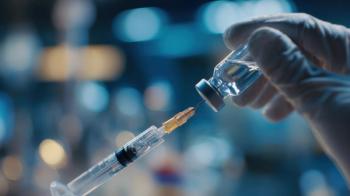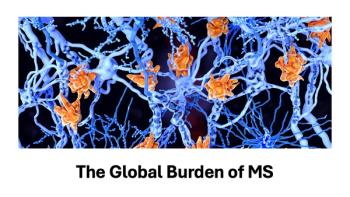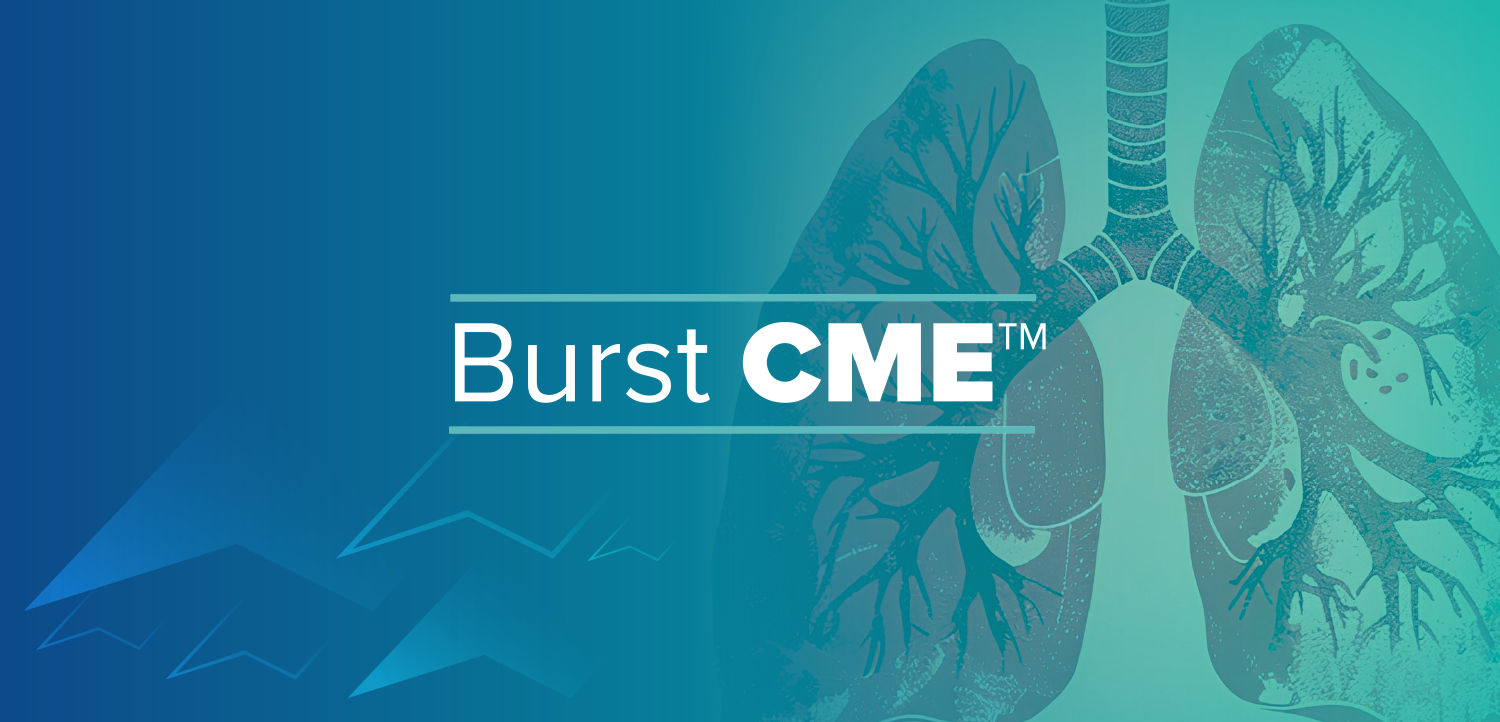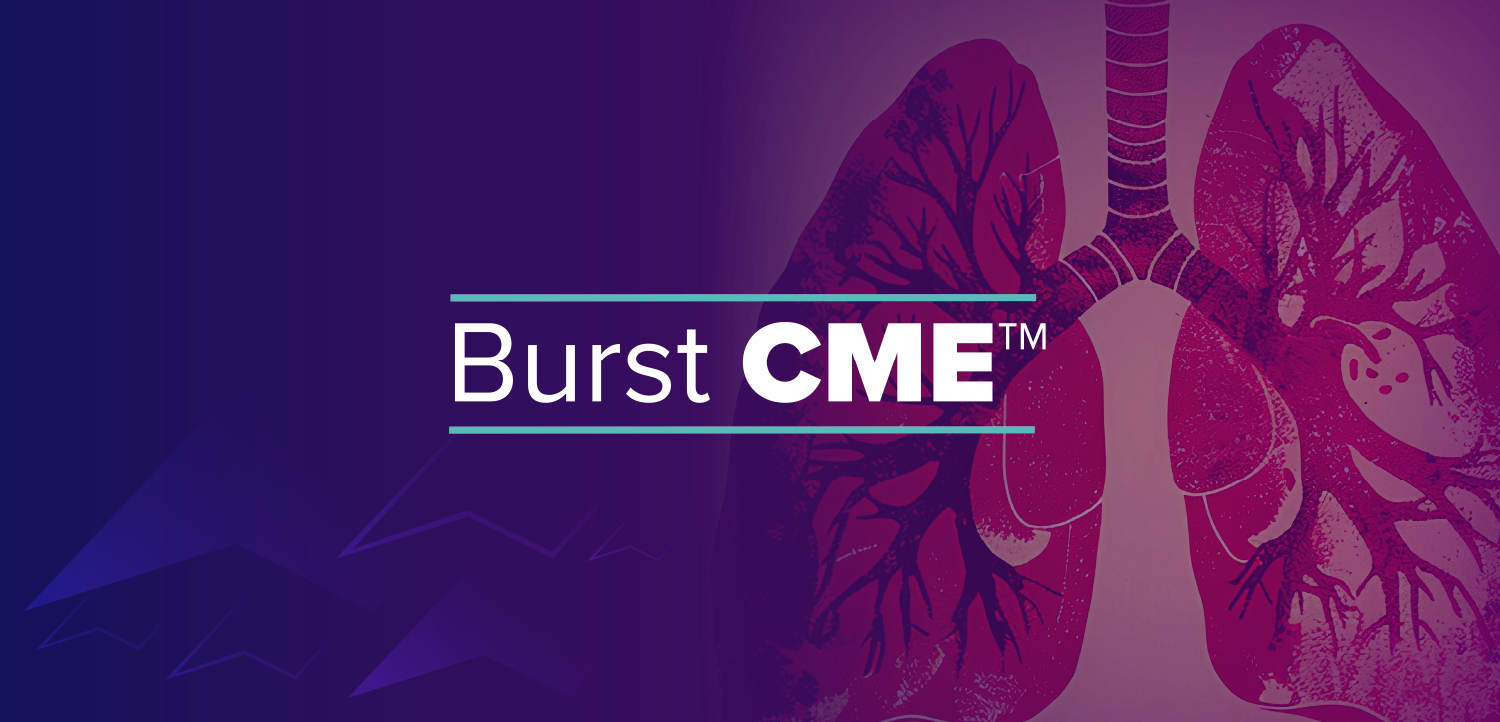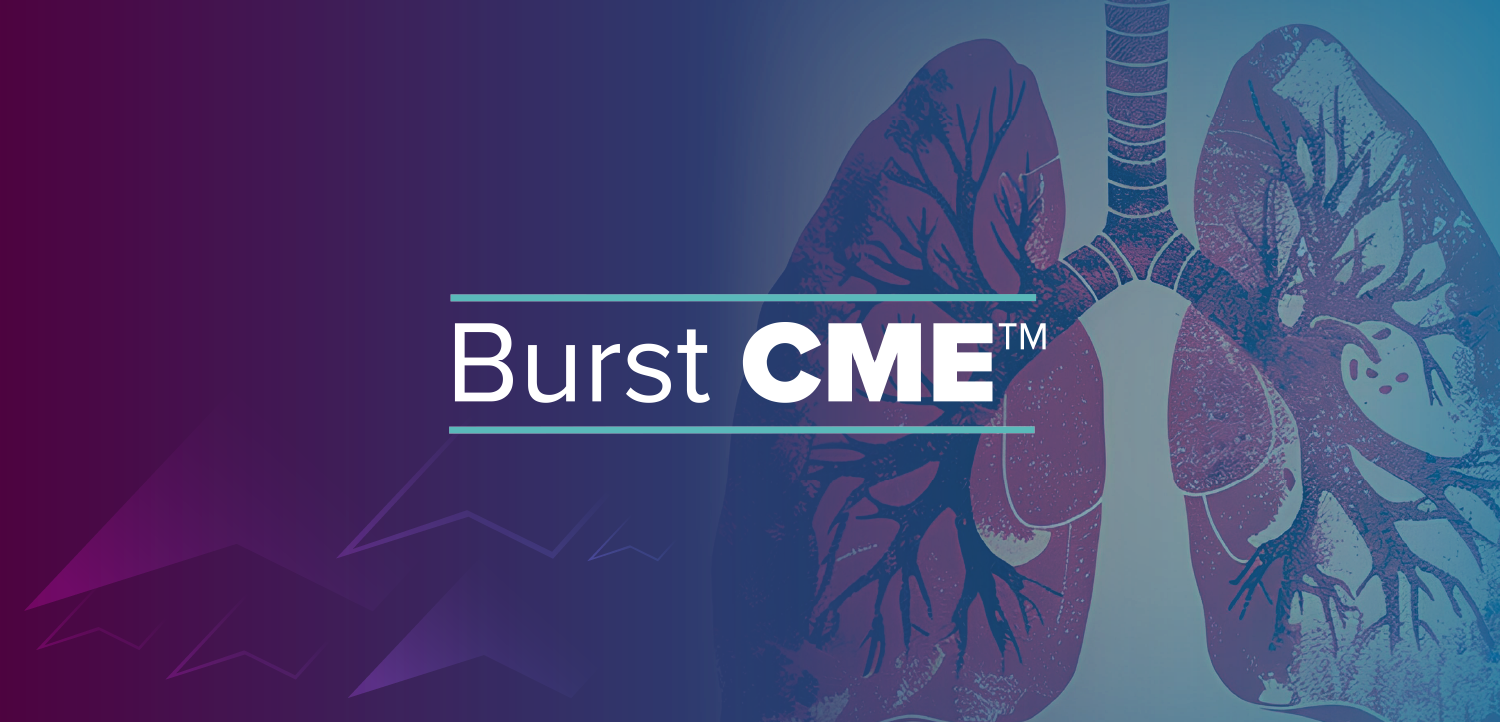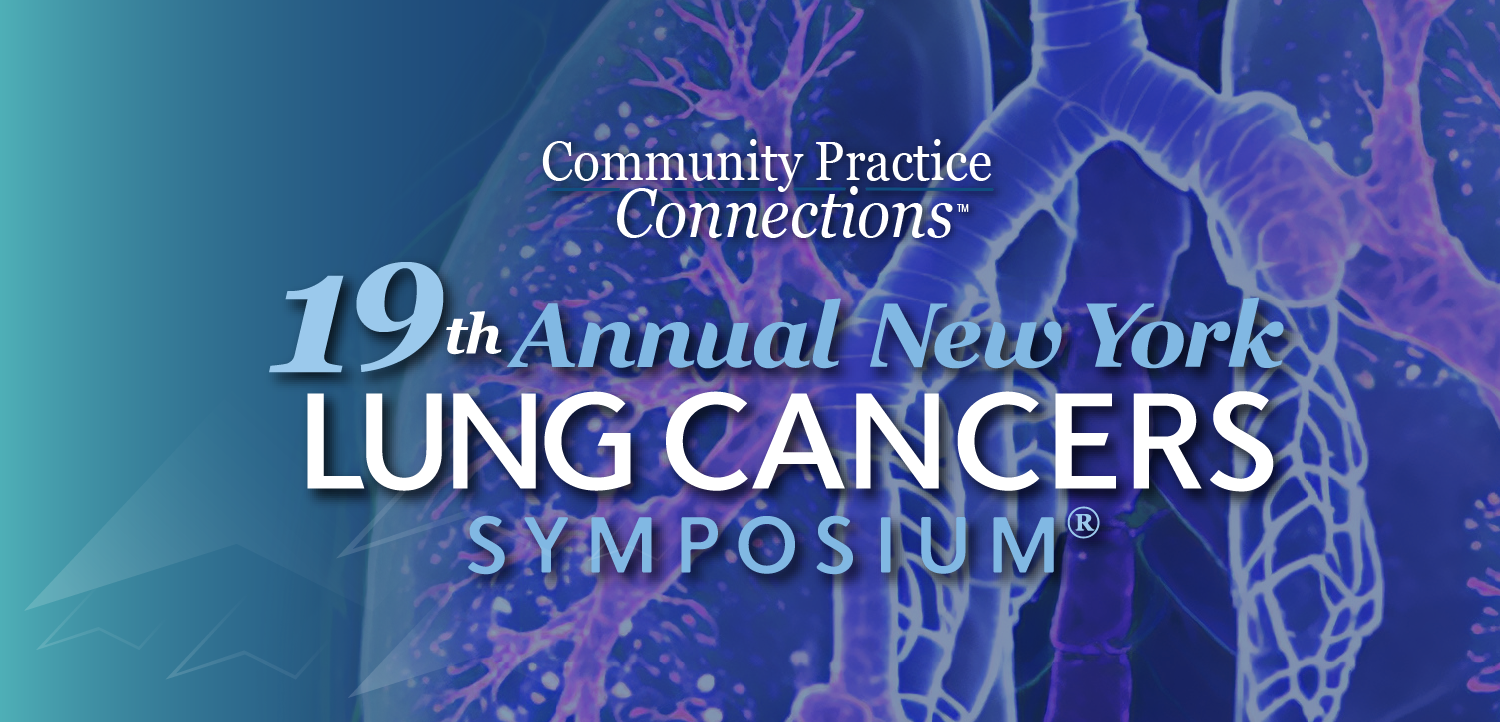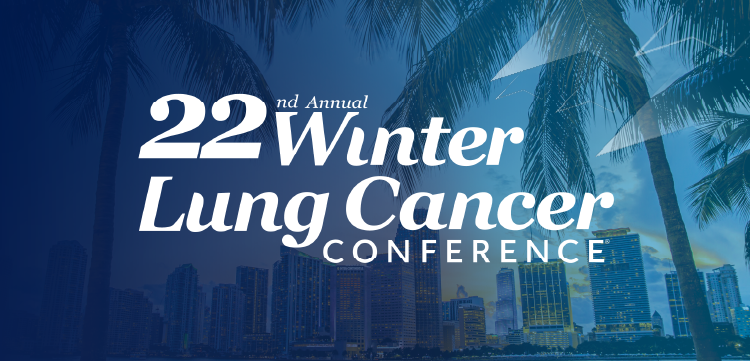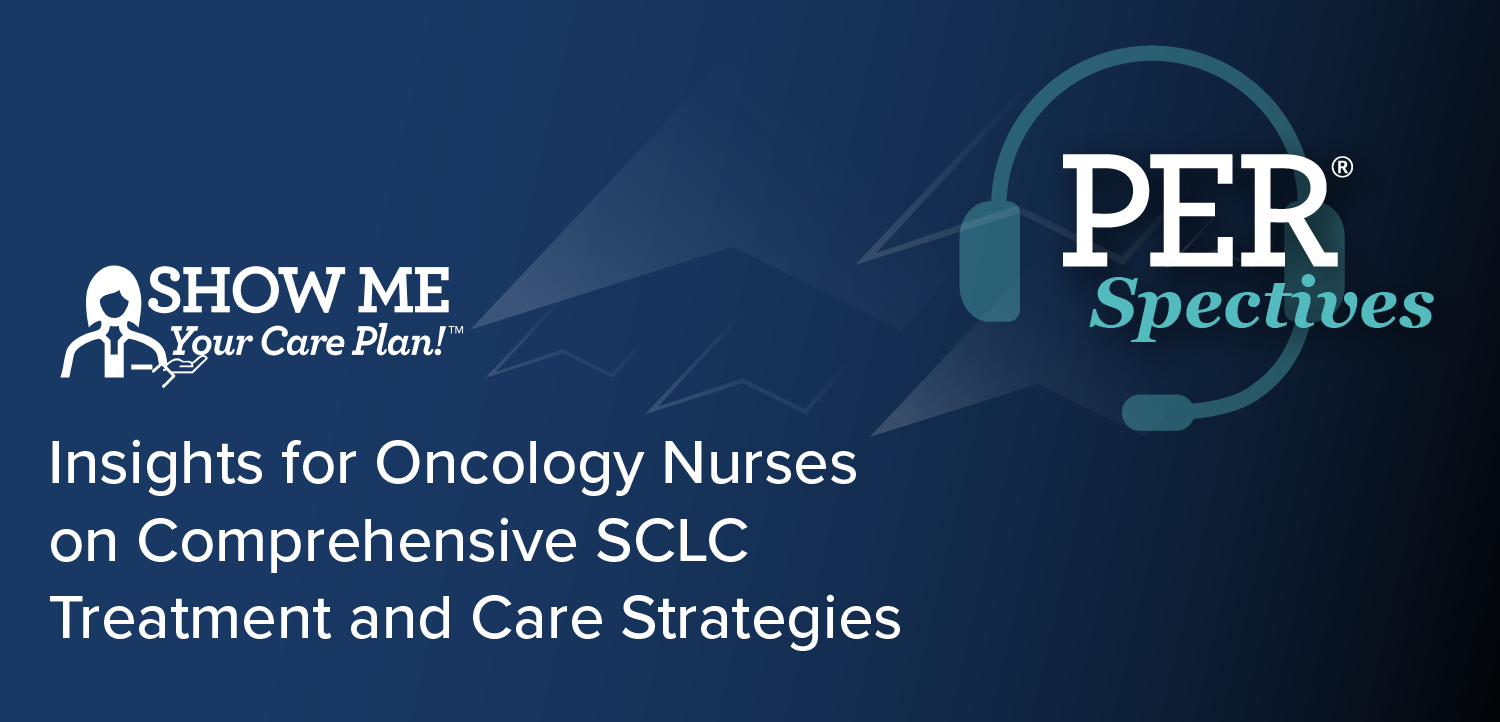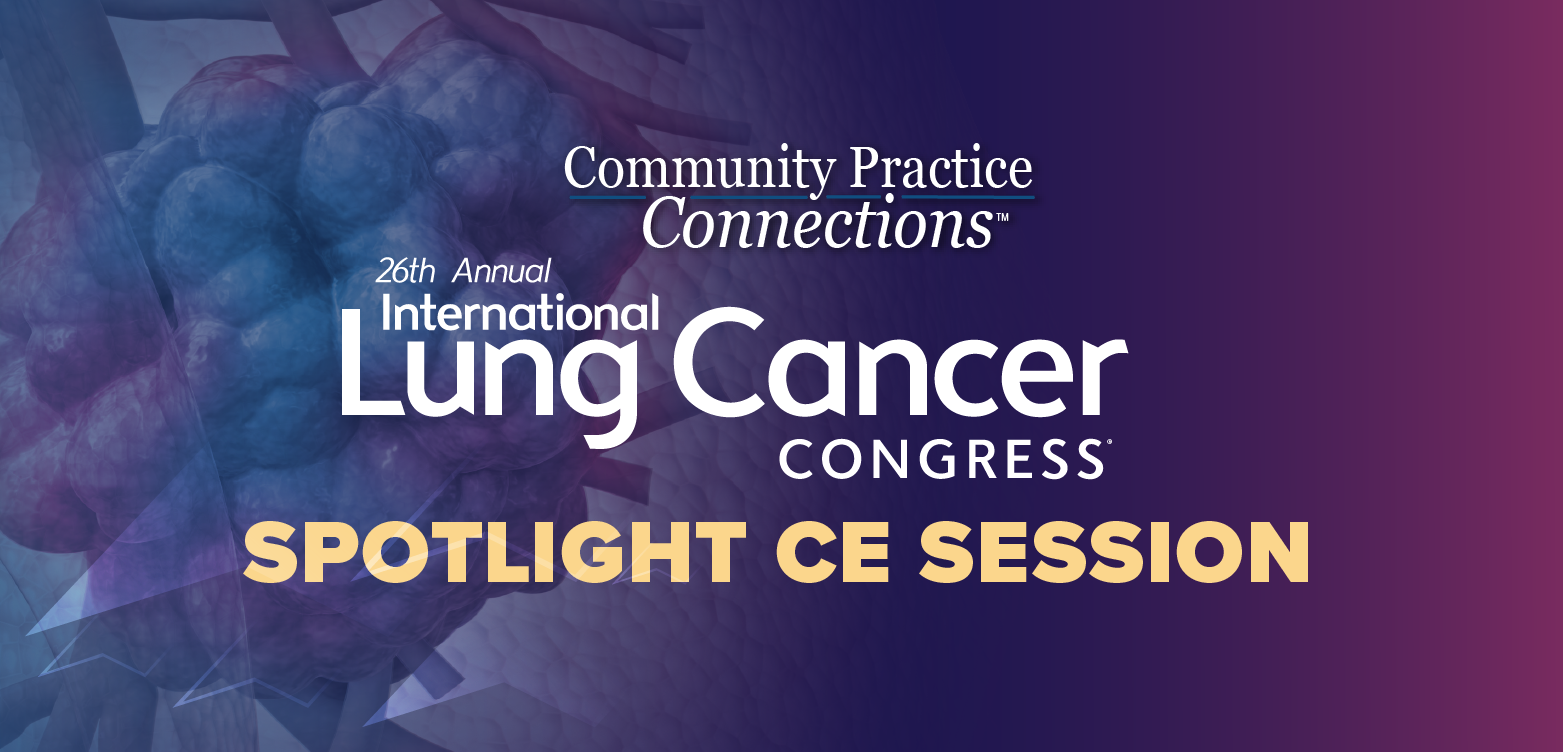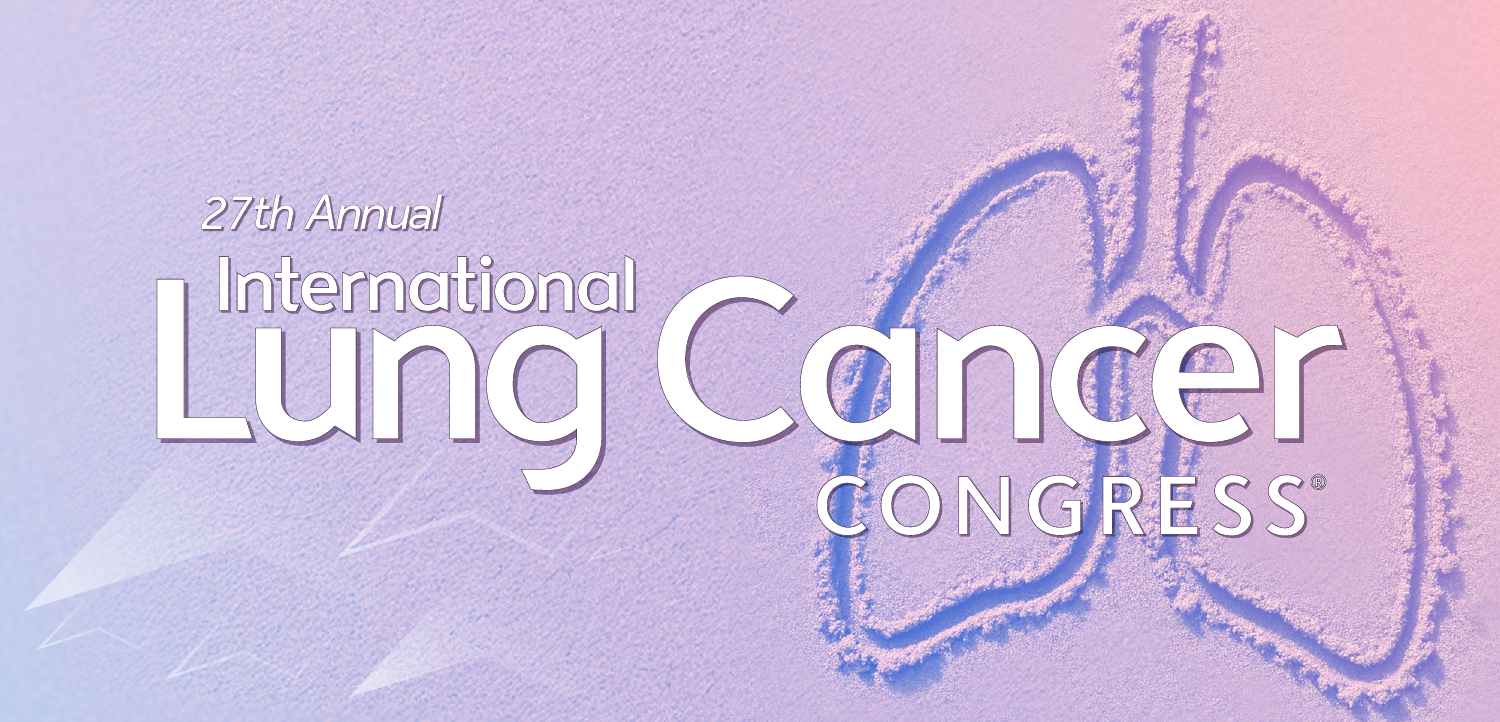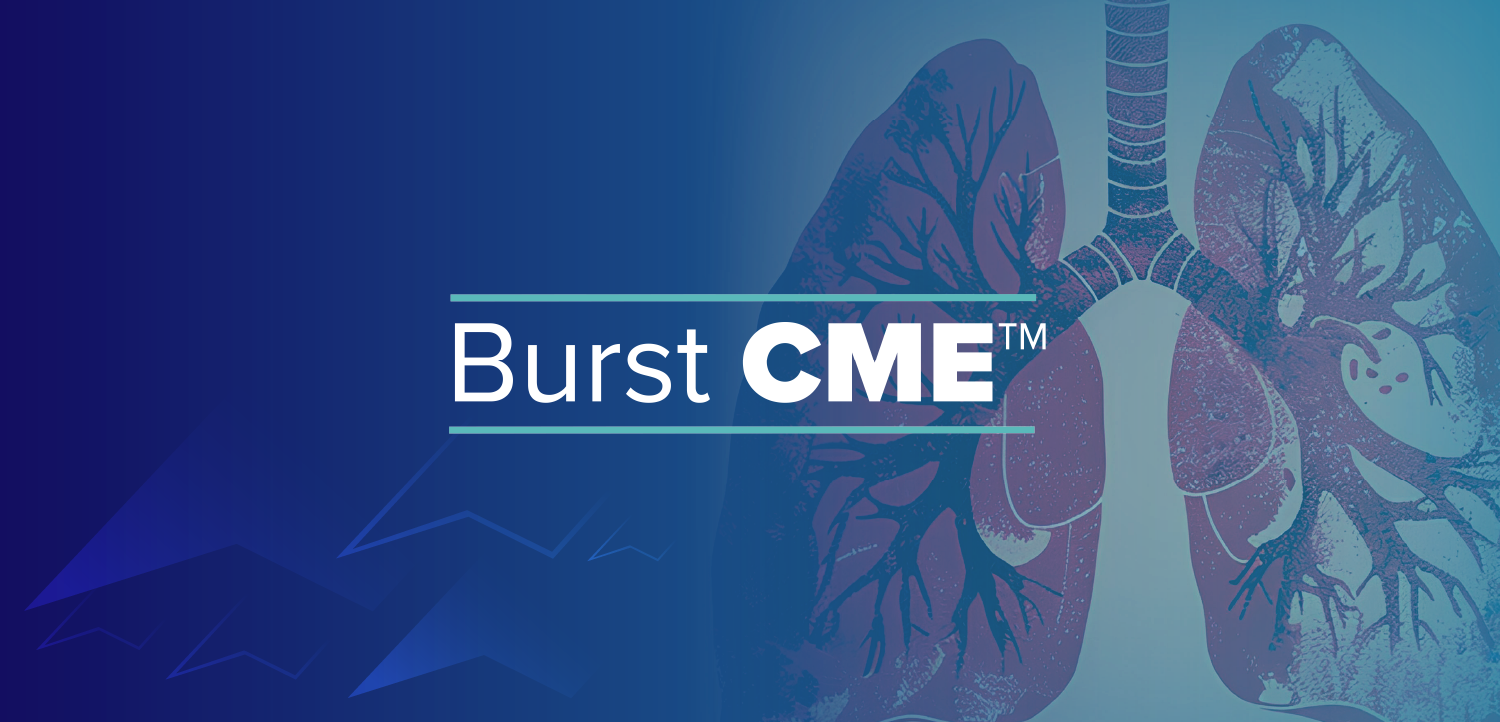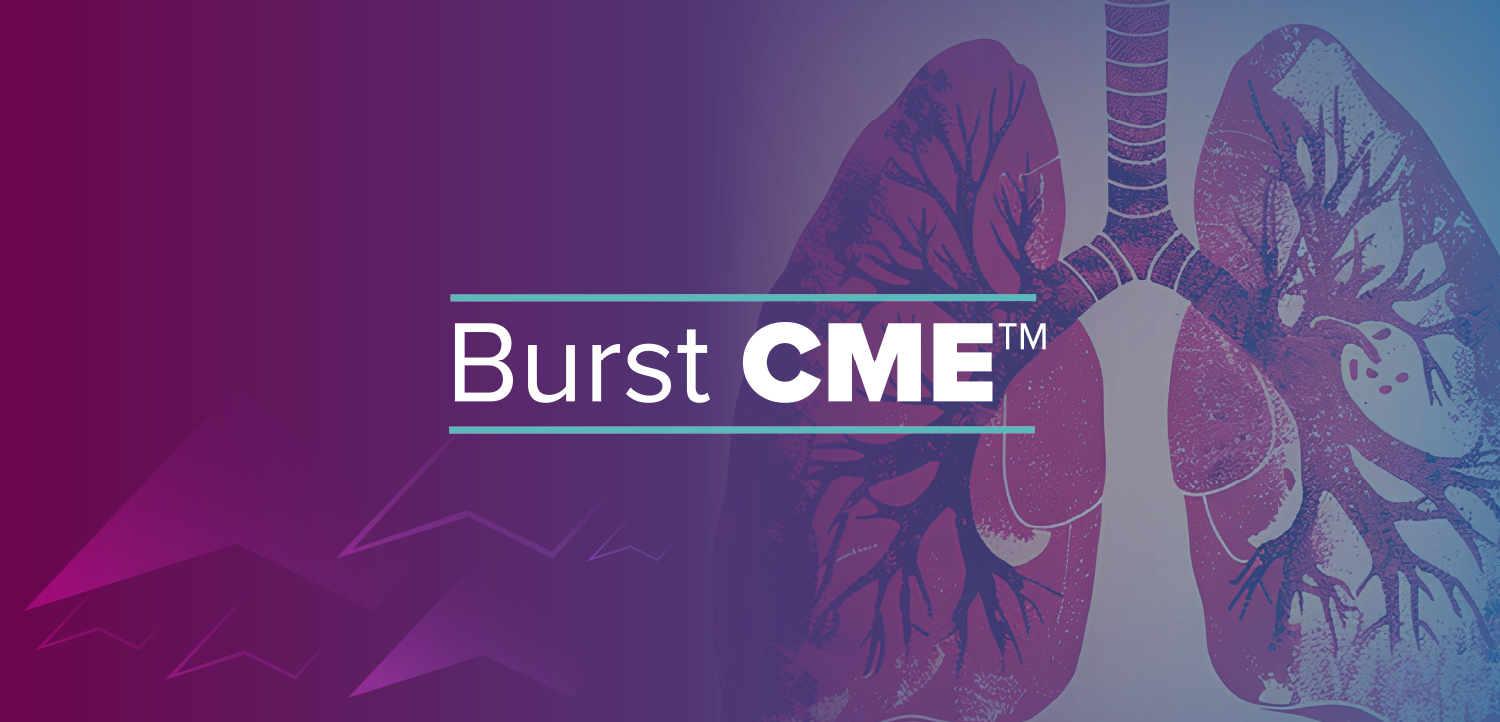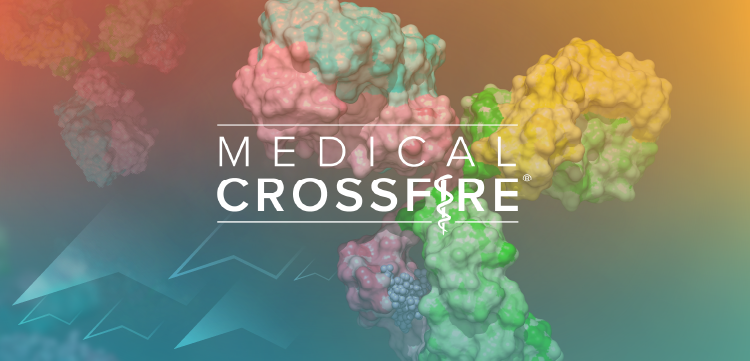
Lymphoma risk in RA associated with inflammatory burden, not treatment
A matched-case control study comparing 378 Swedish patients with rheumatoid arthritis (RA) in whom malignant lymphoma developed with a control group of 378 RA patients who did not develop lymphoma found no observed association between lymphoma risk and various methods of RA treatment, according to an article in the journal Arthritis & Rheumatism.
A matched-case control study comparing 378 Swedish patients with rheumatoid arthritis (RA) in whom malignant lymphoma developed with a control group of 378 RA patients who did not develop lymphoma found no observed association between lymphoma risk and various methods of RA treatment, according to an article in the journal Arthritis & Rheumatism.
An association was found between the severity of the RA and subsequent inflammatory burden and lymphoma risk. "Most patients with RA will never have any clinically relevant increased lymphoma risk," the study's authors stated. "In contrast, those who do may have highly increased risks, but can be readily identified based on their accrued inflammatory burden."
Each patient in the study was initially treated for RA and then later diagnosed with malignant lymphoma as their first primary cancer from 1964 to 1995, then randomly matched with 1 of 3 potential controls by sex, year of birth, year of first RA discharge, and county of residence.
Other treatments such as NSAIDs (adjusted OR=1.0; 95% CI, 0.5–1.9) and aspirin (adjusted OR=1.2; 95% CI, 0.8–1.9) also did not correlate with increased lymphoma risk. Both oral steroids (adjusted OR=0.6; 95% CI, 0.4–0.9) and intraarticular steroids (adjusted OR=0.4; 95% CI, 0.2–0.6) were found to have a tendency toward protecting against lymphoma.
The mean age of patients diagnosed with lymphoma was 50 years at RA onset and 70 years at lymphoma diagnosis, while the mean age of control group subjects was 53 years at RA onset.
Using logistic regression, researchers calculated the relationship between disease activity and lymphoma risk. Compared with low disease activity, patients with medium RA activity had an 8-fold increase in lymphoma risk, while patients with high RA activity had a 70-fold increase in lymphoma risk. The mean duration from RA outset to lymphoma diagnosis was 20 years, compared with 17 years in controls (P=.001).
After integrating monthly levels of disease activity over time, researchers calculated the area under the curve (AUC) to estimate cumulative disease activity. Associations were found between the cumulative effects of RA and an increased risk of lymphoma in the 9th (OR=9.4; 95% CI, 3.1–28.0) and 10th (OR=61.6; 95% CI, 21.0–181.0) deciles AUC. After excluding patients diagnosed with lymphoma within 1 year of RA onset, disease activity (OR=62.0; 95% CI, 20.7–185.5) and the 10th decile AUC (OR=38.0; 95% CI, 12.1–119.3) maintained strong associations with lymphoma risk.
"Those with the highest degree of inflammatory disease activity have a dramatically increased lymphoma risk," the authors stated.
"This provides reassurance that we can 'have our cake and eat it, too,' " stated an accompanying editorial. "We can simultaneously suppress rheumatoid inflammation and reduce the risk for lymphoma development."
According to the editorial: "The work by Baeckland and colleagues provides fascinating insight into the unpredictable effects of different therapeutics reagents used to manage RA."
SOURCES Baeckland E, Iliadou A, Askling J, et al. Association of chronic inflammation, not its treatment, with increased lymphoma risk in rheumatoid arthritis. Arthritis Rheumatism.2006;54:692–701.
Weyland CM, Goronzy JJ, and Kurtin PJ. Lymphoma in rheumatoid arthritis: an immune system set up for failure. Arthritis Rheumatism. 2006;54:685–689.
Newsletter
Get the latest industry news, event updates, and more from Managed healthcare Executive.



